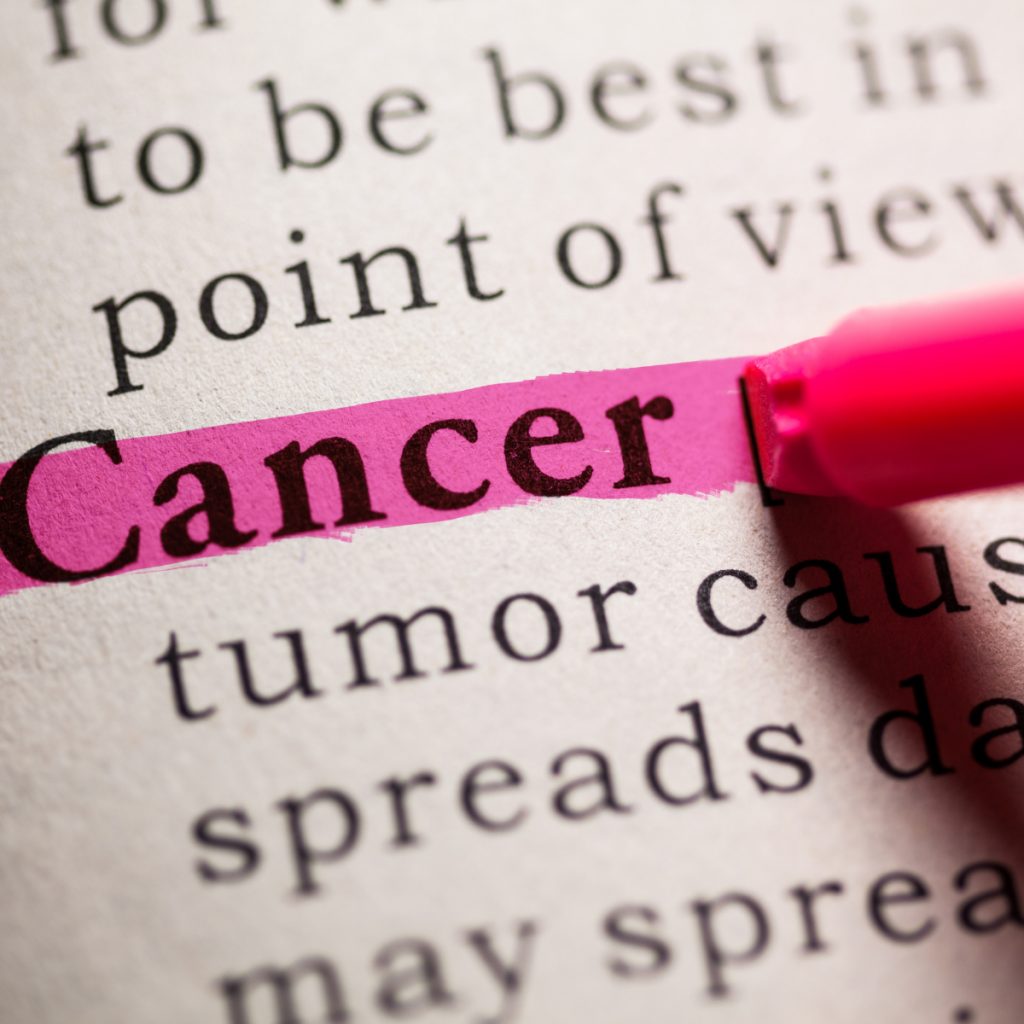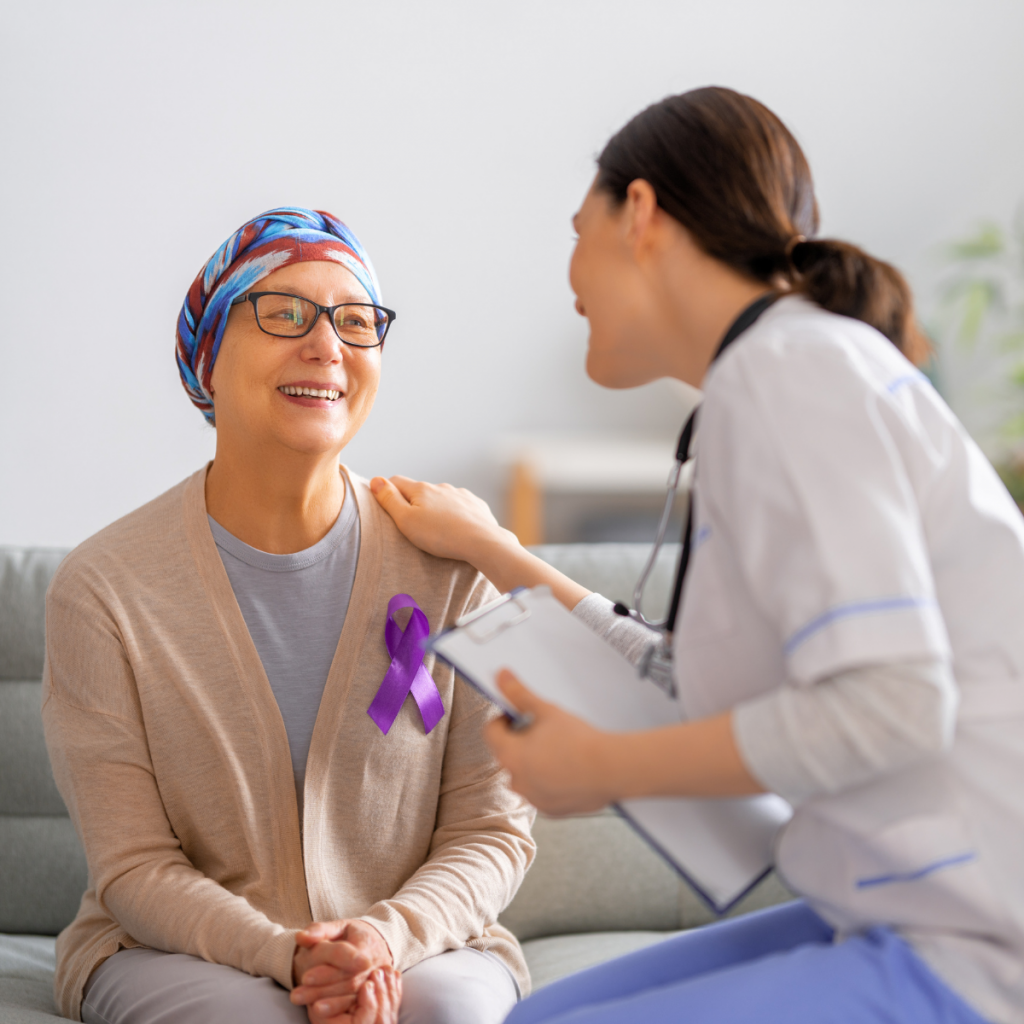Cancer treatment, while essential for improving survival rates and helping patients recover, often comes with a range of side effects. These side effects can vary depending on the type of treatment, the patient’s individual health, and the specific cancer being treated. Chemotherapy, radiation therapy, and immunotherapy are some of the most common treatment methods used to fight cancer, but each comes with its own set of potential side effects. Understanding these side effects and how to manage them is crucial for both patients and caregivers in ensuring a better quality of life during treatment. This article will explore the common side effects of cancer treatments and offer effective strategies for managing them to help patients feel more comfortable throughout their journey.
Understanding Cancer Treatment Side Effects
Cancer treatments, particularly those that target cancer cells aggressively, often affect healthy cells in addition to cancerous ones. As a result, many cancer treatments cause temporary or long-term side effects. While these effects can be distressing, they are often manageable with proper care, early intervention, and support from medical professionals.

Chemotherapy Side Effects
Chemotherapy is one of the most widely used cancer treatments, using powerful drugs to kill or slow the growth of cancer cells. However, these drugs are not selective and can also affect healthy cells, leading to various side effects.
Common Chemotherapy Side Effects
- Fatigue: Chemotherapy can cause extreme tiredness, often referred to as chemotherapy-induced fatigue. This may occur because the treatment affects the body’s energy production.
- Nausea and Vomiting: Chemotherapy can irritate the stomach lining, causing nausea and vomiting in many patients.
- Hair Loss: Some chemotherapy drugs can damage hair follicles, leading to hair loss on the scalp and other parts of the body.
- Infections: Chemotherapy weakens the immune system, making it harder for the body to fight infections.
- Mouth Sores: The drugs can irritate the mouth and throat, leading to painful sores.
How to Manage Chemotherapy Side Effects
- Fatigue: It’s essential to listen to your body and rest when needed. Maintaining a balanced diet, staying hydrated, and incorporating light exercise into your routine can help combat fatigue.
- Nausea and Vomiting: Anti-nausea medications prescribed by your doctor can help manage nausea. Eating smaller, more frequent meals and avoiding greasy or spicy foods can also provide relief.
- Hair Loss: Wearing scarves, wigs, or hats can help patients cope with hair loss. Scalp cooling treatments may also be an option to reduce hair loss during chemotherapy.
- Infections: To prevent infections, it’s vital to practice good hygiene, avoid crowds, and stay up-to-date with vaccinations as recommended by your healthcare provider.
- Mouth Sores: Using a soft toothbrush and rinsing with a saltwater solution can help reduce discomfort from mouth sores. Your doctor may also recommend special mouthwashes to alleviate pain.
Radiation Therapy Side Effects
Radiation therapy uses high-energy rays to target and kill cancer cells. Like chemotherapy, radiation can also damage healthy cells, leading to side effects. The side effects largely depend on the area of the body being treated.
Common Radiation Therapy Side Effects
- Skin Irritation: The skin in the treatment area may become red, irritated, or dry.
- Fatigue: Similar to chemotherapy, radiation can cause fatigue, though it may not be as severe.
- Hair Loss: If radiation is directed at the head or neck, patients may experience hair loss in the treated area.
- Digestive Problems: Radiation to the abdomen or pelvis may cause nausea, vomiting, diarrhea, or changes in appetite.
- Swelling: In some cases, radiation can cause swelling in the treatment area, especially if lymph nodes are involved.
How to Manage Radiation Therapy Side Effects
- Skin Irritation: Using mild, fragrance-free soaps and moisturizers can soothe irritated skin. Your doctor may also recommend special creams or ointments to prevent further irritation.
- Fatigue: Adequate rest, proper hydration, and a balanced diet can help alleviate fatigue. Light physical activity, as approved by your healthcare provider, may also improve energy levels.
- Hair Loss: Like chemotherapy, radiation therapy may lead to hair loss in the targeted area. Wigs, hats, and scarves can be used to manage this side effect.
- Digestive Problems: Eating smaller meals, avoiding spicy foods, and staying hydrated can help minimize digestive issues. Your doctor may prescribe medications to control nausea or diarrhea.
- Swelling: Elevating the affected area and applying ice packs can reduce swelling. Compression garments or physical therapy may also be recommended for managing edema.
Immunotherapy Side Effects
Immunotherapy is an innovative cancer treatment that works by boosting the body’s immune system to fight cancer. Though it can be highly effective, it may also cause side effects, some of which are unique to immunotherapy.
Common Immunotherapy Side Effects
- Flu-like Symptoms: Fever, chills, muscle aches, and fatigue are common after receiving immunotherapy.
- Skin Reactions: Some patients may experience rashes, itching, or redness.
- Digestive Issues: Immunotherapy can cause inflammation in the digestive tract, leading to diarrhea, nausea, and loss of appetite.
- Autoimmune Reactions: In some cases, immunotherapy may trigger the immune system to attack healthy cells, causing inflammation in organs like the lungs, liver, or intestines.
- Shortness of Breath or Cough: Some immunotherapy drugs can cause respiratory problems, including coughing or difficulty breathing.
How to Manage Immunotherapy Side Effects
- Flu-like Symptoms: Over-the-counter pain relievers and plenty of fluids can help manage flu-like symptoms. Always consult your doctor before taking any medications.
- Skin Reactions: Keeping the skin moisturized and avoiding hot showers can help soothe irritation. Your doctor may suggest topical treatments to alleviate rashes or dryness.
- Digestive Issues: Staying hydrated and eating a bland, low-fat diet can help ease digestive discomfort. Your doctor may prescribe medications to manage diarrhea or nausea.
- Autoimmune Reactions: If autoimmune reactions occur, your doctor may prescribe corticosteroids or other immune-suppressing medications to reduce inflammation.
- Respiratory Problems: If you experience difficulty breathing or a persistent cough, seek medical attention immediately. Your doctor may adjust your immunotherapy regimen or prescribe additional treatments.
Bone Marrow Transplant Side Effects
In some cases, patients with blood cancers, like leukemia or lymphoma, may require a bone marrow transplant. While this treatment can be life-saving, it also comes with its own set of potential side effects.

Common Bone Marrow Transplant Side Effects
- Infections: Because the immune system is suppressed during and after a transplant, patients are at high risk of infections.
- Graft-Versus-Host Disease (GVHD): In allogeneic transplants, where the donor’s cells are used, the new cells may attack the recipient’s body.
- Fatigue: Fatigue is common after a bone marrow transplant as the body recovers.
How to Manage Bone Marrow Transplant Side Effects
- Infections: To reduce the risk of infections, patients are often placed in a sterile environment and given prophylactic antibiotics. Hand hygiene and avoiding sick individuals are critical.
- GVHD: Immunosuppressive drugs may be used to prevent or treat GVHD. Close monitoring and early intervention are key to managing this side effect.
- Fatigue: Gradual physical activity, adequate nutrition, and rest are essential for combating fatigue during recovery.
Conclusion
Managing the side effects of cancer treatment is an essential part of the treatment journey. With the right strategies, support, and guidance from healthcare professionals, patients can minimize the impact of these side effects and improve their overall quality of life. Whether it’s dealing with the fatigue from chemotherapy, the skin irritation caused by radiation, or the flu-like symptoms from immunotherapy, there are many ways to manage these challenges effectively. It is important for patients and caregivers to communicate openly with their medical team and develop a personalized plan for managing side effects. By doing so, patients can continue to focus on their recovery and maintain hope throughout their cancer treatment.

Leave a Reply